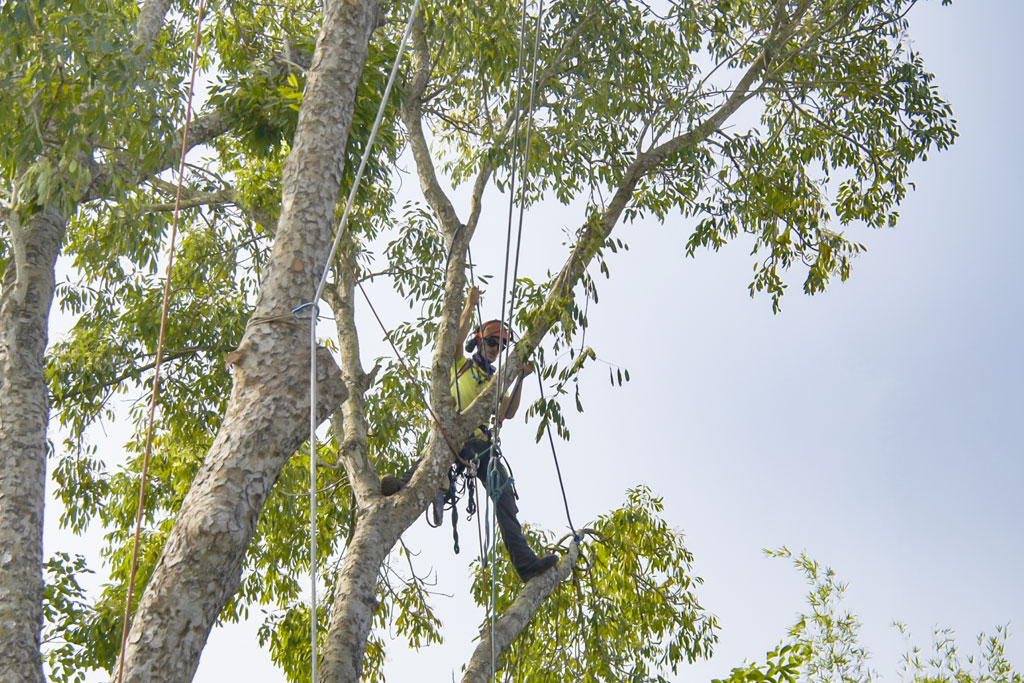What are the Tree Removal Laws in NSW?
Home »
Trees are an essential part of our environment. They provide numerous benefits, from clean air to shade, protection from heat, and a leafy aesthetic. Yet, there are times when tree removal is necessary, and it’s important to understand the laws surrounding it. Tree removal laws aren’t one-size fits all in NSW. Laws will depend on where you’re located, and which local council you live in. It’s absolutely critical to review the laws in your LGA before going ahead and removing a tree. After all, no one wants to be hit with a nasty fine that they could have avoided by just checking in with the council. We’ve put together this guide to help you better understand some of the tree laws in NSW:

What is the law regarding tree removal in NSW?
In NSW, the tree removal law is governed by the Environmental Planning and Assessment Act 1979 (EP&A Act). According to this law, trees can’t be removed without prior council approval, except in certain circumstances, such as if the tree poses an immediate risk to human life or property.
What is the penalty for illegally removing a tree?
Illegally removing a tree in NSW can result in hefty fines and legal action. The exact penalty varies depending on the type of tree, its location, and the severity of the offence. For example, removing a tree from a heritage site can result in fines of up to $1.1 million, while simply removing a tree without council approval might result in fines of up to $11,000 in different jurisdictions.
What trees can be removed without council approval?
Want to learn more about the specific circumstances where council approval is not required? Read our article about tree removal and council approval.
What is the process for getting council approval for tree removal?
You can learn more about the process for tree removal in the Sutherland Shire here.
Can you appeal a council decision regarding tree removal?
If your council rejects your application for tree removal, you have the right to appeal the decision. You can do this by submitting an appeal to the Land and Environment Court of NSW. However, it’s important to note that this can be a lengthy and costly process, so it’s best to work closely with your council and try to resolve any issues before resorting to legal action.
What is the difference between pruning and removal?
Want to remove a tree with arborists in Sutherland Shire? The team at Tip Top Trees are experts in local council requirements, laws and legislations and can help ensure you meet best practice. We’re local tree specialists who are compliant, fast and safe, and get the job done with a smile. Get in touch today to find natural and affordable ways to bring your garden vision to life.
